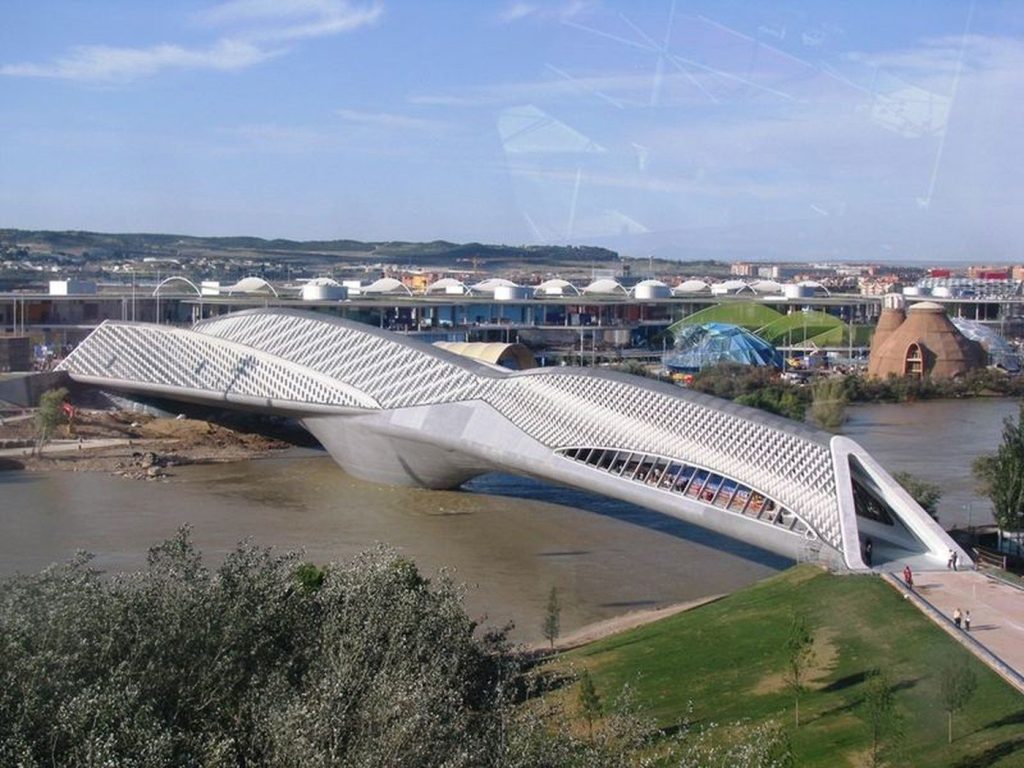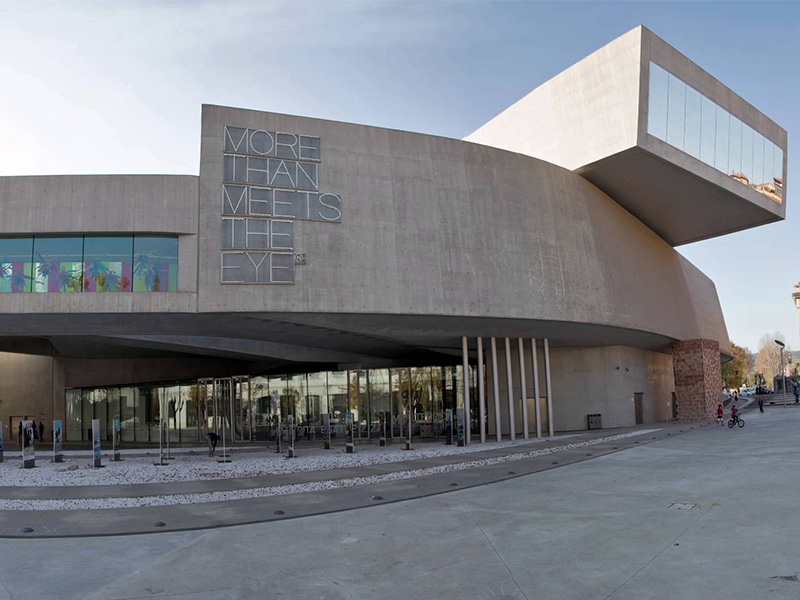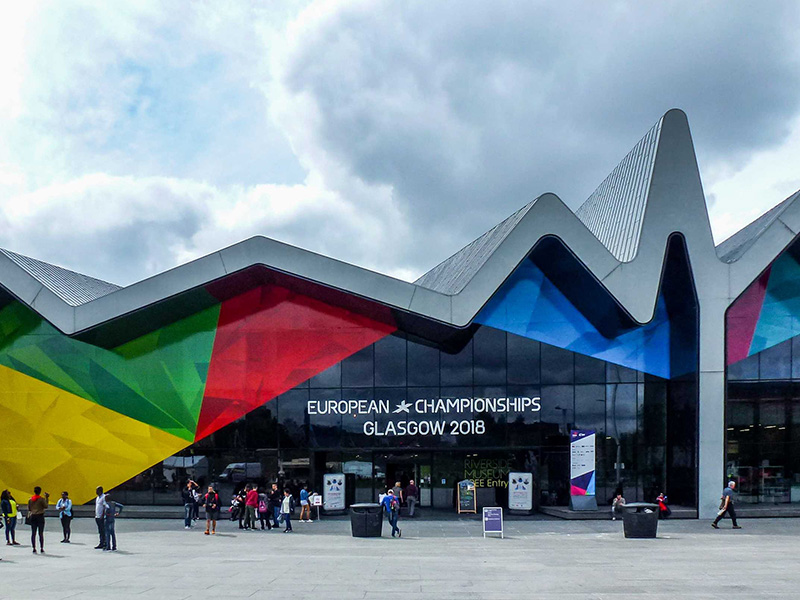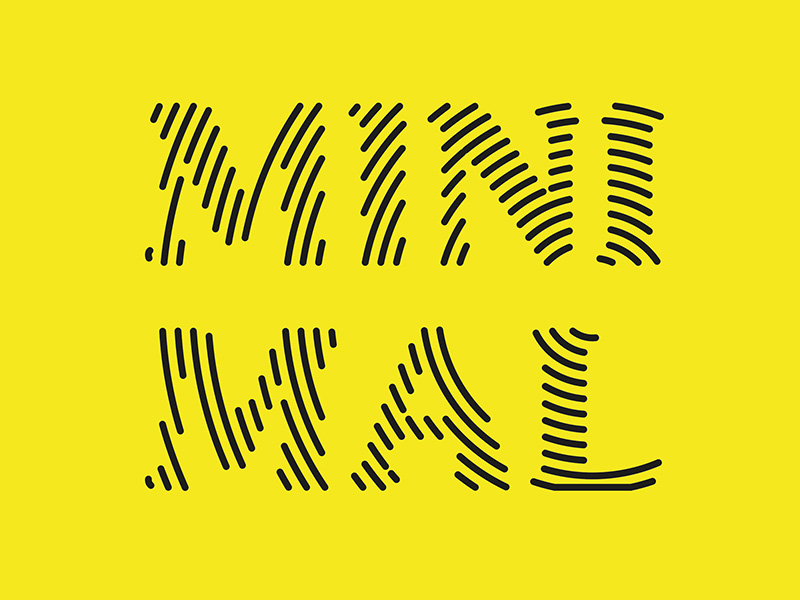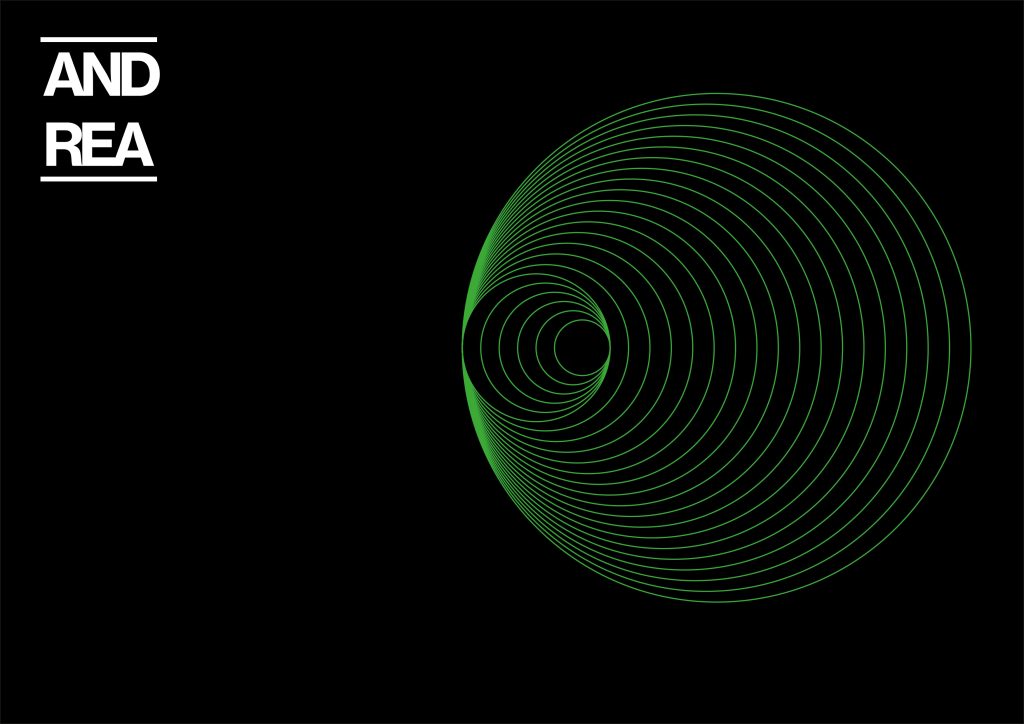DRB2: Minimalist design and Zaha Hadid
Minimalist design is a style that focuses on simplicity and functionality. It is characterized using clean lines, neutral colours, and a lack of unnecessary ornamentation. This design approach is popular in various fields, including architecture, fashion, and graphic design.
In architecture, minimalist design emphasizes the use of basic geometric shapes, such as squares and rectangles, and the integration of natural materials, such as wood and stone. This style often features large windows to allow natural light to enter the space, creating a sense of openness and tranquillity.
In graphic design, minimalist design is used to communicate a message in a clear and concise manner. This style often features a limited colour palette, simple typography, and negative space. It is effective in creating a strong visual impact and conveying a message without overwhelming the viewer with unnecessary elements.
Zaha Hadid was an Iraqi-British architect, artist, and designer who made a significant impact on the field of architecture during the late 20th and early 21st centuries. Her innovative designs and unique approach to architecture earned her recognition as a major figure in the industry. Hadid’s work was characterized by bold, sweeping curves and sharp angles, and her buildings often featured complex geometries that challenged traditional notions of form and function.
Throughout her career, Hadid received numerous accolades for her contributions to architecture, including the prestigious Pritzker Architecture Prize in 2004. Her notable works include the Guangzhou Opera House in China, the Heydar Aliyev Centre in Azerbaijan, and the London Aquatics Centre for the 2012 Summer Olympics. Hadid’s legacy continues to inspire architects and designers around the world, and her impact on the field of architecture will be felt for generations to come.
In addition to her architectural work, Hadid was also a talented artist and designer. She created a range of products, from furniture to jewellery, that reflected her unique aesthetic and design sensibility. Hadid’s influence extended beyond the realm of architecture, and her contributions to the fields of art and design continue to be celebrated today.
- The Bridge Pavilion was designed by Zaha Hadid and built for the Expo 2008 in Zaragoza, Spain. The building is a stunning example of modern architecture, featuring a sleek and futuristic design that is both functional and aesthetically pleasing.
The pavilion is situated on the banks of the Ebro River and is designed to resemble a flowing river. The structure is made up of a series of interlocking steel plates that form a continuous, undulating surface. The interior of the pavilion is equally impressive, with a spacious and open design that allows visitors to move freely throughout the space.
Overall, the Bridge Pavilion is a remarkable achievement in modern architecture. Its innovative design and attention to detail make it a must-see attraction for anyone visiting Zaragoza. Whether you are an architecture enthusiast or simply appreciate beautiful design, the Bridge Pavilion is sure to leave a lasting impression.
- MAXXI is a national museum of contemporary art and architecture located in Rome, Italy. The museum is known for its unique and innovative design, which features a series of interconnected spaces that create a fluid and dynamic experience for visitors.
The building is made up of two main volumes, which are connected by a series of bridges and ramps. The first volume houses the museum’s permanent collection, while the second volume is dedicated to temporary exhibitions. The museum also features a large outdoor space, which is used for events and performances.
MAXXI is a must-visit destination for anyone interested in contemporary art and architecture. Its innovative design and world-class collection make it one of the most important cultural institutions in Italy and beyond. Whether you’re a seasoned art lover or just looking for something new and exciting to explore, and is sure to impress.
- The Heydar Aliyev Centre is a building complex located in Baku, Azerbaijan. The centre is named after Heydar Aliyev, a former president of Azerbaijan.
The building complex is known for its unique design and architecture. It has a fluid and organic shape, with curves and slopes that create a sense of movement and flow. It is made up of several different spaces, including a museum, a conference centre, and a library.
The Heydar Aliyev Centre has won numerous awards for its design and architecture. It has been praised for its innovative use of space and its ability to blend in with the surrounding landscape. The centre is a popular destination for tourists and locals alike, and it has become an iconic symbol of modern architecture in Azerbaijan.
- The Riverside Museum, located in Glasgow, Scotland, was designed again by the renowned architect Zaha Hadid. Formerly known as the Glasgow Museum of Transport, the building was completed in 2011 and has won numerous awards for its innovative design.
The museum is situated on the banks of the river Clyde and features a striking zig-zag roof that was inspired by the waves of the river. Inside, visitors can explore exhibits that showcase the history of transportation in Glasgow, including vintage cars, trams, and locomotives.
Overall, the Riverside Museum is a stunning example of modern architecture that seamlessly blends form and function. Its unique design has made it a popular destination for tourists and locals alike, and it continues to be a source of pride for the city of Glasgow.
Four images designed by me
References:
Fernando Guerra, Luke Hayes. (2008) Zaragoza Bridge Pavilion [Photograph]. Available online:
(34) Pinterest [Accessed 1/4/2023].
Tiffany Lacey. (2020) MAXXI: Italy’s 21st-Century Art Museum [Picture]. Available online:
MAXXI: Italy’s 21st-Century Art Museum (theculturetrip.com) [Accessed 15/4/2023].
Elnur. (2014) Heydar Aliyev Center [Picture]. Available online:
Zaha hadid Stock Photos, Royalty Free Zaha hadid Images | Depositphotos [Accessed 15/4/2023].
Cutkiller2018. (2018) Riverside Museum Glasgow [Picture]. Available online:
File:Riverside Museum Glasgow EC2018.jpg – Wikimedia Commons [Accessed 15/4/2023].
